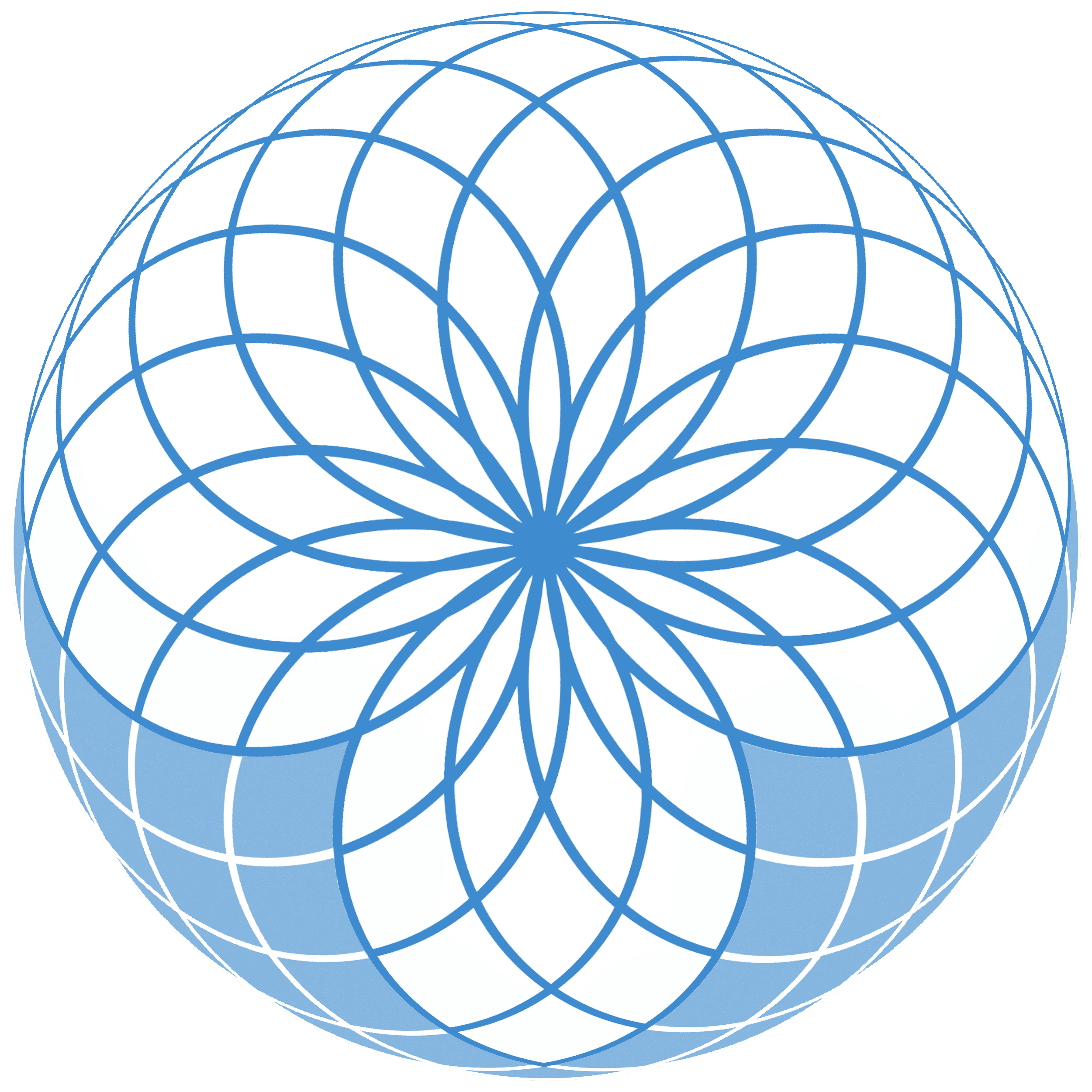Part Two: From Evolution to Shamanism

For the second part of our series, we will continue to examine and analyze the article entitled “Introduction: Evidence for Entheogen Use in Prehistory and World Religions by Dr. Michael Winkleman.”[1] Our first article in this series provided a general overview of Winkleman’s work and discussed the reasoning behind the Church’s decision to go down this path. In this article, we will discuss the reasoning and evidence behind Winkleman’s opinion that there exists substantial evidence indicating that sacred psilocybin-containing mushrooms played an important role in hominin (early human) evolution and as well, in conjunction with other plant and fungal-based entheogens, helped form the basis for early shamanism and community ritualism. There are several other key parts of the article we will examine later in this series.
The Worldwide distribution of psilocybin and its inevitable impacts
To begin, Winkleman discusses the worldwide distribution of psilocybin-containing mushrooms species across most ecozones in antiquity. Through this, Winkleman establishes that psilocybin-containing mushroom species were “…widely present as environmental influences affecting hominin adaptations across the major inhabitable regions of the earth for millions of years.” Winkleman also observes that, in addition to psilocybin-containing species, there were other fungi present in antiquity which were used as entheogens. Due to the widespread nature of psilocybin-containing mushrooms species, Winkleman states that hominin exposure to these “psychedelic species” was in his opinion “inevitable.”
After establishing the worldwide distribution, and therefore “inevitable” exposure to psilocybin-containing and other entheogenic mushroom species, Winkleman next discusses the effects these entheogenic mushrooms would have had on early hominin evolution and development. Now I want to take a minute and recognize that Winkleman’s discussion here tracks, at least to some degree, what many know to be the “Stoned Ape Theory” originally advanced by Terrence McKenna. I am no expert on this theory per se and therefore cannot in good faith attempt to equate Winkleman’s position to that of McKenna’s. However, I can say that both seem to be very similar, with Winkleman’s position perhaps based on some additional evidence which has been uncovered subsequent to McKenna’s time.
At the beginning of his analysis around entheogenic mushrooms and hominin evolution, Winkleman admits that, “The evidence for psychedelic influences in hominin antiquity evolution is indirect, but undeniable with the weight of diverse forms of evidence.” Next, he posits that human’s relationship with psychotropic plant substances has been long-term and that our ancestors would have acquired “…fitness benefits as a consequence of the use of psychoactive substances.”
As evidence of how psychedelic plants and fungi influenced human evolution, Winkleman points to, “…the greater sensitivity of the binding of psychedelics with the human serotonergic system than in the case of chimpanzees.” Consequently, according to Winkleman, “[t]hese differences reflect the survival advantages that resulted from their use and the consequent selection for those ancestors with an enhanced capacity to utilize these exogenous analogues of the serotonergic neurotransmitters, influencing a major neuromodulatory system.”
Admittedly, Winkleman, in his article, goes into a bit more detail regarding the evidence of how entheogenic plants and fungi affected early hominin evolution. However, this series is more focused on the sacramental consumption of entheogens, which we will begin to discuss next. Here, I briefly discussed this aspect of Winkleman’s article as a means of providing context of how our ancestors were originally exposed to these sacraments. Anyone interested in learning more on Winkleman’s position on early hominin evolution should download the article, which is free, and give a read for themselves.
The development of ritualistic consumption of entheogens
After laying the foundation of how early hominins were exposed to sacred plants and fungi and how that exposure affected our evolution, he then goes into how that relationship grew into early shamanism and the ritualistic/sacramental consumption of these entheogens. According to Winkleman, the psychoactive effects of entheogenic plants and fungi, “…were inevitably incorporated into the central dynamics of shamanic rituals, attested to in the diverse species used as sacraments or entheogens in cultures around the world.” Moreover, he states that, “[s]hamanism was central to premodern ritual practices, attested to in the worldwide presence of shamanism in foraging societies. This ritualistic activity was central to many aspects of human adaptation and evolution, including subsistence, social organization, healing, cosmology and symbolic cognition.”
Next, Winkleman asserts that, “[s]hamanism was central to premodern ritual practices worldwide, attested to by the presence of remarkably similar shamanistic practices and beliefs in foraging societies cross-culturally. The entheogenic contributions to the origins and evolution of shamanistic practices are indicated by the substantial parallels between the basic principles of shamanism and experiences induced by psilocybin mushrooms and other psychedelics.”
Important for our purposes here, Winkleman points out that, “[e]thnographic accounts reveal repetitive features associated with the ritual use of psychedelics in cultures around the world. These include the belief that they (entheogens) are:
- Entheogenic, inducing an internal sense of spiritual presence;
- Provide access to a spiritual world, the supernatural bringing the world of mythic beliefs into experience;
- Produce an experience of one’s soul or spirit and its separation from the body and travel the supernatural world;
- Cause experiences of the activation of powers within and outside of the person;
- Induce experiences of relationships with animals and at times the sense of transformation into an animal;
- Provide experiences of ego death followed by transformation or rebirth;
- Provide information through visions;
- Engage healing, especially through dramatic ritual evocation of emotional experiences; and,
- Provide processes for group integration and enhanced social cohesion.
The above-stated beliefs, presumably held by ancient civilizations across the world throughout time, have not changed much and more or less mirror the beliefs held by most sincere entheogen-based religious practitioners today. As such, our shared lineage is clear and direct as the beliefs about entheogens by practitioners of today, to a large degree, mirror those of our ancient ancestors. To us, this indicates that the entheogens themselves impart these beliefs, as opposed to them being passed down orally or through the written word, in most instances. In a sense, these beliefs transcend time and space as they are accessible by anyone who chooses to commune with sacred entheogens in the proper set and setting.
Following his discussion of shared beliefs about entheogens, Winkleman discusses the context in which these sacraments were consumed in antiquity. To this end, he points out that these entheogenic practices generally occurred in a “communal ritual context” which required the attendance of “the entire local group,” who were subjected to certain conditions like ritual-fasting and experiences from drumming, singing, and clapping during overnight vigils.
These additional practices, according to Winkleman, “…enhanced the effects of the entheogens in producing experiences of communication with divinities,” the purpose of which was the “…diagnoses of diseases and guiding treatment; establishing contact with the ancestors to obtain advice; seeking advice from the spirits regarding plans for the future; acquiring information regarding hunting and about missing family members; and seeking to influence spiritual forces to enhance well-being.” Again, both the context in which entheogens are sacramentally consumed and the intentions behind their consumption have changed very little since the most ancient of times, as elucidated by Winkleman in his article.
After laying the foundation for the beginning of ritualistic and shamanistic consumption of entheogens, Winkleman opines that the effects of psilocybin within communal ritual practices were “…inevitable foundational influences in the evolution of human religiosity, as well as significant aspects of our evolved psychology.” As such, “[p]sychoactive substances were inevitably incorporated into the central dynamics of shamanic and religious rituals.”
Understanding the consumption of entheogens in modern times
It is important for our purposes to understand that early humans, across the world, in ancient times, incorporated sacred mushrooms and other entheogens into their early shamanistic and religious rituals. Once we begin to understand that the sacramental consumption of entheogens influenced the religious lives of our earliest ancestors, we can then start to understand why, in the 21st century, we see these practices being revived and the number of entheogen-based religious practitioners growing exponentially across the world. As King Solomon once said, “there is nothing new under the Sun.”
As stated in the prior article, if Winkleman’s assertions as to the ubiquity and antiquity of these practices is correct, and we at the Church absolutely believe them to be true, then those of us who have chosen to incorporate the sacramental consumption of entheogens as our primary spiritual/religious practice are merely following in the footsteps of our ancestors and practicing in accordance with our shared lineage. The idea that certain demographics of peoples own or are the sole carriers of these practices and/or sacraments is erroneous, as the historical record is rife with evidence that these practices were shared amongst all peoples of the world in ancient times. And the evidence in this direction continues to mount!!!
Finally, in wrapping up his discussion of the bridge between early hominin exposure to entheogens and the evolution of early shamanism, Winkleman makes another great observation which also helps us explain the phenomenon we see occurring today…..the mutli-sacrament entheogen-based religious practice. According to Winkleman, “Humans have sought out not only psychedelic mushrooms for their consciousness altering properties, but a wide variety of plant substances as well. Visionary and entheogenic experiences are produced by diverse classes of plants and their respective neurochemicals and their effects of diverse neurotransmitter systems…” Further to this point, Winkleman states that, “[t]his human search for drug-induced spiritual encounters has an intimate relationship with our evolved psychology and has led humans to discover many different plant substances for altering human consciousness.”
Looking forward
In later articles in this series, we will discuss even more evidence presented by Winkleman that bolsters our shared lineage to multi-sacrament/entheogen-based religious practices. However, for now please note that, in antiquity, humans sought out spiritual experiences from a multitude of entheogenic plants and fungi. Therefore, modern entheogen-based religious practitioners utilizing multiple entheogenic sacraments in their religious practice are perfectly in line with what our ancestors did so many years ago.
In conclusion, humanity shares a worldwide lineage in entheogen-based religious, spiritual, and shamanistic practices. Early hominins were exposed to and built an extremely sacred relationship with both plant and fungal-based entheogens. While this relationship undoubtedly served some evolutionary purposes, it also formed the basis for early shamanism and religiosity. We will continue to track Winkleman’s work and follow the proverbial “rabbit hole” as far as we can go!!!
Much Love!!!!
[1] Winkleman, Michael. “Introduction: Evidence for Entheogen Use in Prehistory and World Religions.” Journal of Psychedelic Studies, vol. 3, no. 2, 2019, pp. 43-62. DOI: 10.1556/2054.2019.024. Accessed 9 Sept. 2021.




I believe the stoned ape theory to be absolutely untrue, god created man it wasn’t evolution stumbling across psilocybin mushrooms, both were put here by god to help bring us closer to him it wasn’t accidental and the marriage of 5meo with psilocybin was divine science in my humble opinion
Stellar Read 🤘… And FYI…. right in line with Terence’s Theory…. Terence even went as far as to draw a connection all the way to the Creation Story of Christianity
*🍄= Apple/Fruit of The Tree of Life
*Mycelial Structure=Tree of Life
*Cherubim and a flaming sword to guard the tree of life and to prevent Adam and Eve from partaking of it= The Sun, drying of the land, and, over time, making The Mushroom 🍄
Amazing words / article.
Re-embracing PBM is the path back to our future, and answer to most of our current species’ dilemmas and epidemics.
This Church is setting the stones for others to tread down towards our coming evolution, enlightenment, and transcendence.
Loving all the articles and podcasts. Much appreciated. 🙂
Good evening and thank you for accepting me